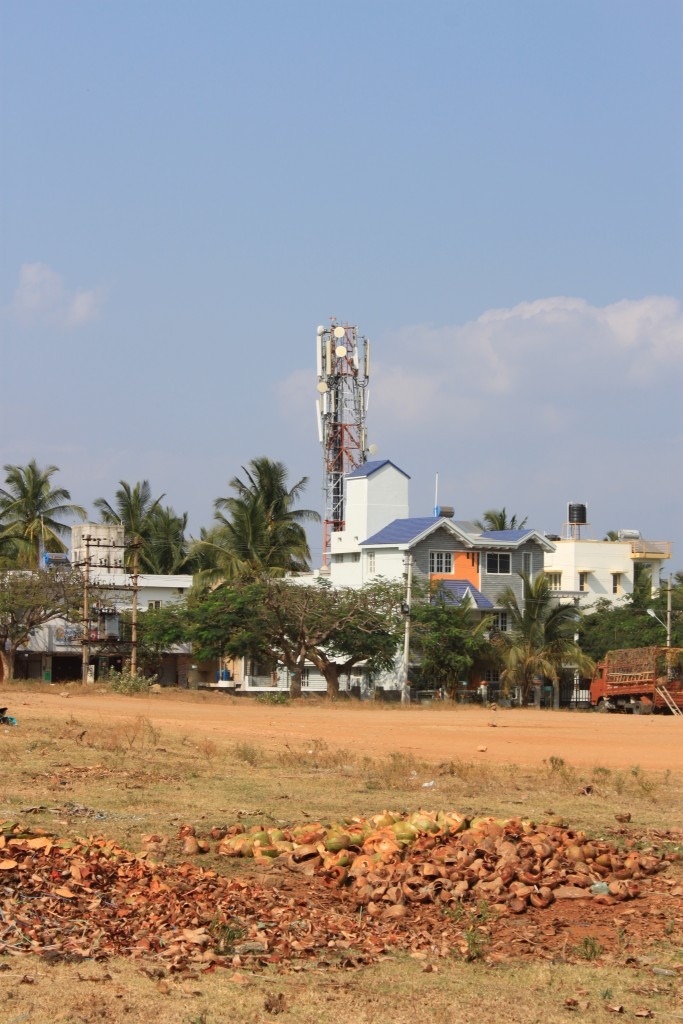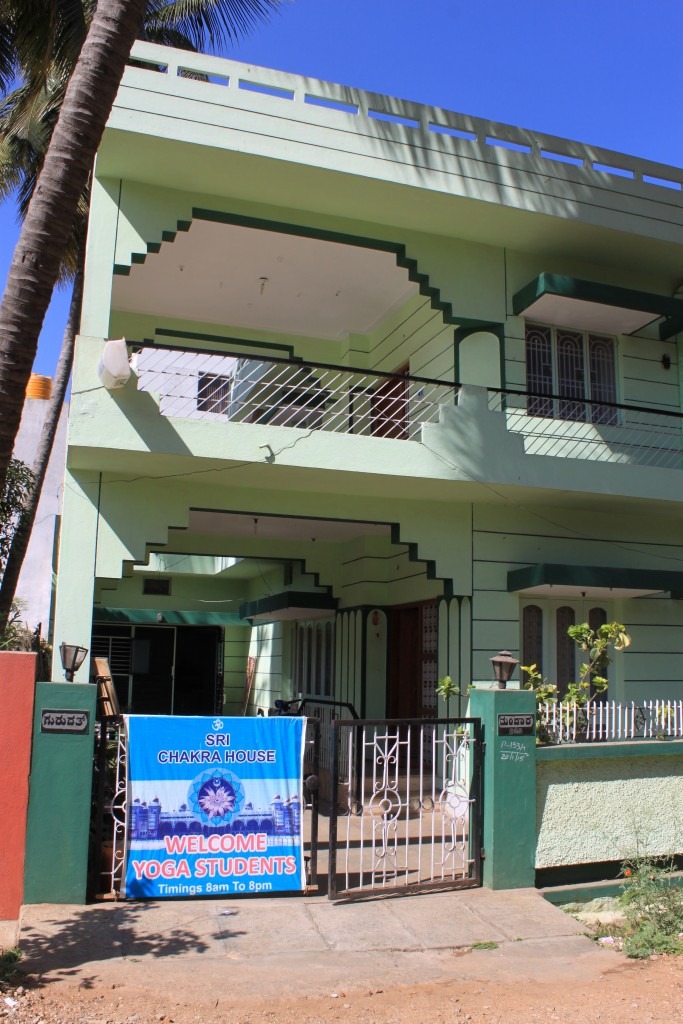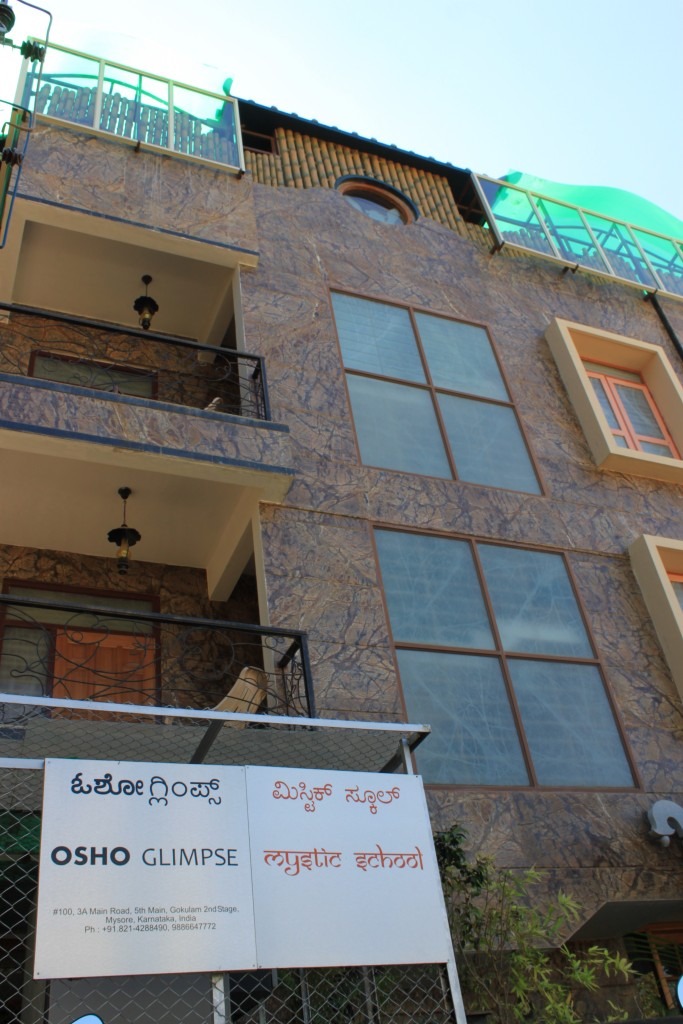A few of my upcoming blogs are going to be simply photo blogs. Pictures speak a thousand words








A Tribute to a Visionary Yoga Instructor The yoga community is mourning the sudden loss of Rangaswami Sharath Jois, a beacon of wisdom and skill in Ashtanga yoga. At just 53, his unexpected departure in Virginia’s Blue Ridge Mountains has left a void that words cannot fill. Sharath was one of the most skilled yogis … Read more
Last day of practice with Saraswathi was a sweet one. Can’t believe I’ve been in India over 2 month, holy shit! So grateful for an amazing experience! #guruselfie #ashtanga #yoga #india #saraswathi A photo posted by Elliot (@pada_yogi) on Mar 31, 2015 at 5:35am PDT Tuesday marked the final day of my practice at the … Read more
Today’s practice was very rewarding. Not for any particular reason, the Maricyasana postures, mostly C and D were as challenging as ever to get the bind, and supta kurmasana is always a lot like being put underwater, then resurfacing in a different world. A powerful pose, one of my new favorites. I also am enjoying … Read more
A few of my upcoming blogs are going to be simply photo blogs. Pictures speak a thousand words








Today I woke up at 6:30 to move across town to Gokulam, a section of town in the Northwest of Mysore. It was an easy move and the place where I am staying is only about $100 a month. Pretty sweet deal, but no internet or TV. So I will be spending most of my … Read more
Bandhas Part 2/4 Uddiyana Bandha is the second yogic muscular lock that occurs at the bottom of the rib cage. Uddyiana bandha is popularized, but largely misunderstood, I believe. Uddiyana means upward flying and bandha means energy seal, so this interlock moves energy up the spine. This opposed the mula bandha (root) lock descending down … Read more
Ashtanga yoga is more than exercise or meditation. It is a lifestyle, a way to live that allows for the body and mind to be free from pain and suffering and to be at peace. REAL yoga happens outside of the yoga room; Asana is only one part of real yoga, albeit a very important … Read more